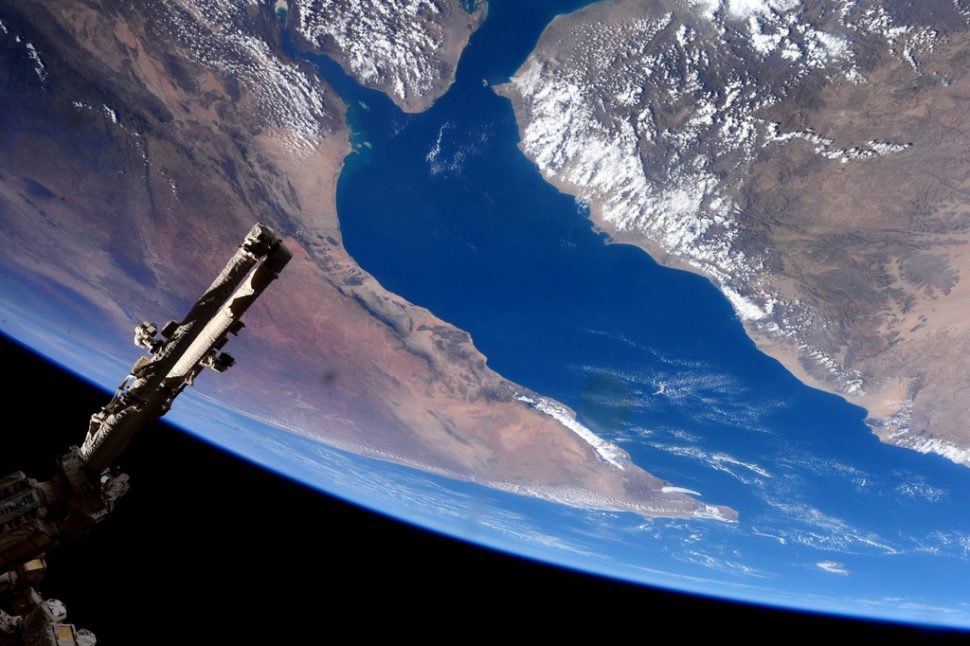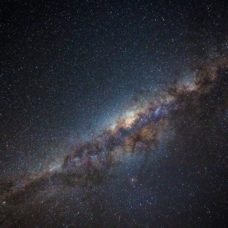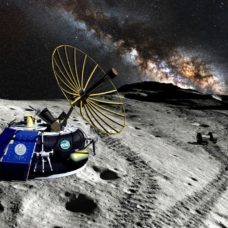The Chinese space station, Tiangong-1, is on its way back to Earth, carrying with it toxic chemicals that are highly dangerous to humans.
Earlier this month, the Chinese space station Tiangong-1 made headlines worldwide after it was confirmed that the lab will enter the planet’s atmosphere in a couple of months. Considered as one of China’s bold efforts to become a bonafide superpower, the launch of Tiangong-1 in 2011 was a potent symbol of the country’s entry into the space exploration arena.
However, things went sour for the country’s space dreams when the China National Space Administration itself confirmed that they lost contact with the orbiting lab in 2016. In a short span of time, China’s pride and glory immediately turned into a major embarrassment.
#Tiangong1 expected to enter Earth's atmosphere in March of this year.Click To Tweet“They have a PR embarrassment on their hands,” Jonathan McDowell, an astrophysicist at the Harvard-Smithsonian Center for Astrophysics, was quoted as saying to CNN. “The actual danger is small, but it is accepted international best practice nowadays that objects that big shouldn’t be able to fall out of the sky in this manner.”
Now, a few weeks after news of the rogue space station broke out, it has once again become the center of attention for the toxic chemicals that it allegedly carries on-board.
Tiangong-1: The Rogue Chinese Space Station
Tiangong-1, which translates to “Heavenly Palace 1” in English, was launched into space on September 29, 2011. It was the first Chinese space station, a so-called prototype that was supposed to serve as both a manned laboratory and an experimental testbed for orbital rendezvous and docking demonstrations.
The space lab was part of China’s ambitious Tiangong program which aims to put larger modular stations into orbit by 2023. It was initially projected that Tiangong-1 would be deorbited in 2013, to be replaced by the larger stations Tiangong-2 and Tiangong-3 in the next ten years.
During its 2-year operational lifetime in space, Tiangong-1 was visited by several manned and unmanned Shenzhou spacecraft, two of which carried China’s first female astronauts, Wang Yaping and Liu Yang.
https://youtu.be/HvwKB2jblwk
In March 2016, China’s National Space Administration officially announced that the space station had reached the end of its service, further stating that the communication link with Tiangong-1 had been lost. However, in September of the same year, amateur satellite trackers exposed that China’s space agency had also lost control of the station.
With no choice left but to admit their failure, the officials in charge of the program broke their silence and confirmed that the Chinese space station has indeed gone rogue and will come crashing down to Earth.
Tiangong-1: Crashing Back to Earth With Cancerous Chemicals
Since 2016, researchers have monitored the decay of Tiangong-1’s orbit in an attempt to predict the exact date and time it will enter Earth’s atmosphere. While the idea is quite alarming, space experts have already stressed that the journey of the Chinese space station back to Earth poses minimal danger to humans.
According to researchers, a huge chunk of the space station will be burned up as it enters our atmosphere and the debris that will survive the ordeal would likely fall into the ocean.
“We have been continuously monitoring Tiangong-1 and expect to allow it to fall within the first half of this year,” Zhu Congpeng, from China Aerospace Science and Technology Corporate, said. “It will burn up on entering the atmosphere and the remaining wreckage will fall into a designated area of the sea, without endangering the surface.”
Despite constant safety assurances, some space experts say that up to 40% of the Chinese space station might survive, carrying with it hydrazine, a dangerously unstable and highly toxic flammable liquid used as rocket fuel. Apparently, hydrazine contains known cancer-causing agents.
Current estimates suggest that Tiangong-1 will fall somewhere in Europe and might potentially hit land. The good news is it is less likely that anyone would get hit by any debris from the spacecraft.
However, Aerospace Corp, a non-profit organization that provides guidance on space missions, issued a warning about the toxic chemical on-board Tiangong-1.
“Potentially, there may be a highly toxic and corrosive substance called hydrazine on board the spacecraft that could survive re-entry. For your safety, do not touch any debris you may find on the ground nor inhale vapors it may emit,” the California-based firm said.



















Comments (0)
Most Recent